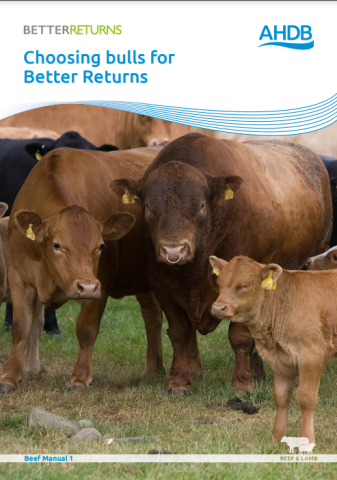Good genetics are the basic building blocks of animal production. No amount of feed or management can overcome poor genetics!
Along with good genetics, visual assessment remains an essential part of the bull selection process. This guide will help you to -
- Choose / Select or buy the best bulls to ensure that the breeding objectives for your herd are met.
- Use estimated breeding values (EBVs) to help you achieve your breeding objectives.
- Visually assess bulls to ensure that they are physically sound and fit to work.
Topics covered include: 'Setting breeding objectives for your herd'; 'Choosing a breeder'; 'Finding and using EBV's'; 2 farmer case studies on using EBV's; 'Bulls - Fit to work and physical soundness checks' and a listing of EBVs service providers.
Useful Links
Maternal Matters: Choosing bulls for commercial heifers



